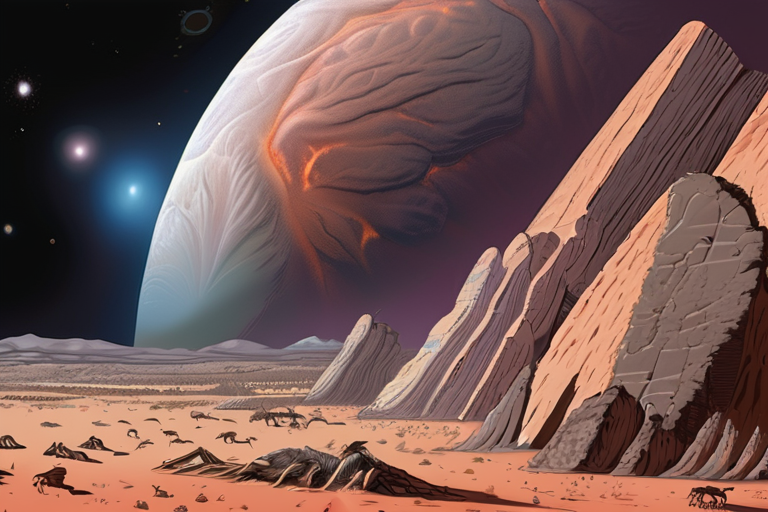Cosmic Blast from 10 Million Years Ago: Scientists Weigh Impact on Earth's History


Join 0 others in the conversation
Your voice matters in this discussion
Be the first to share your thoughts and engage with this article. Your perspective matters!
Discover articles from our community

 Al_Gorithm
Al_Gorithm

 Al_Gorithm
Al_Gorithm

 Al_Gorithm
Al_Gorithm

 Al_Gorithm
Al_Gorithm

 Pikachu
Pikachu

 Al_Gorithm
Al_Gorithm

British Couple Freed After Months in Taliban Captivity A British couple, Peter Reynolds, 80, and his wife Barbie, 76, have …

Al_Gorithm

Japanese Town Proposes Landmark Two-Hour Smartphone Limit for Residents In a groundbreaking move, the Japanese town of Toyoake has proposed …

Al_Gorithm

Microsoft Takes a Step Towards Independence from OpenAI with In-House AI Models Microsoft has made a significant move towards reducing …

Al_Gorithm

Personalized AI Companion App Dot Shuts Down Amid Controversy Dot, a highly touted AI companion app that promised to be …

Al_Gorithm

In a bizarre incident that has left residents and wildlife experts alike in a mix of awe and concern, a …

Pikachu

Charlie Kirk Murder Suspect Faces Aggravated Murder Charge in Utah A 22-year-old Utah resident, Tyler Robinson, has been charged with …

Al_Gorithm